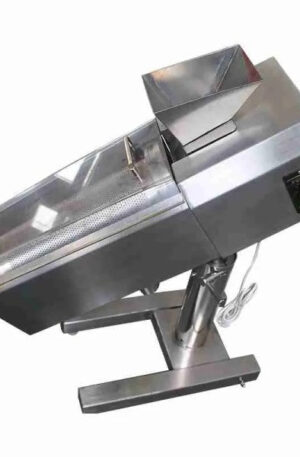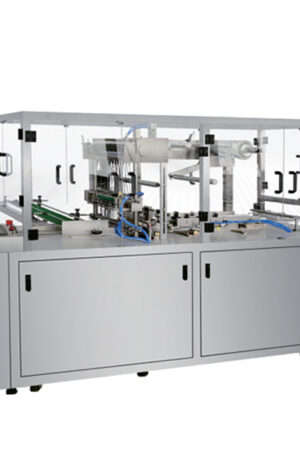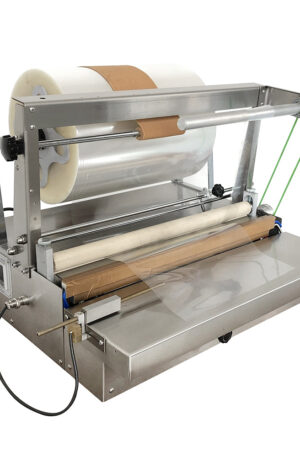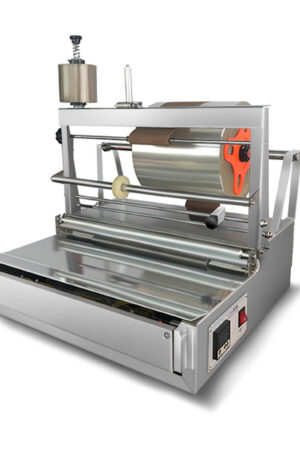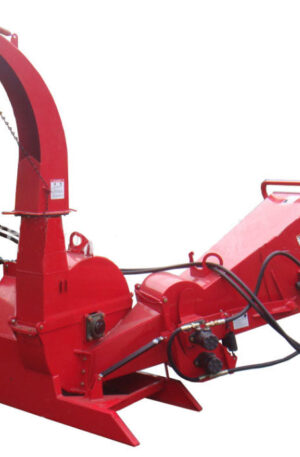Title: The Evolution of Pharmaceutical Machinery: A Comprehensive Overview
Pharmaceutical machinery has undergone significant advancements over the years, revolutionizing the way medications are produced. In this article, we will delve into the evolution of key pharmaceutical machines such as table press machines, capsule filling machines, TDP, and THDP.
Table press machines are essential equipment used in the pharmaceutical industry for compressing powdered ingredients into tablets. These machines have evolved from manual operation to fully automated systems that can produce tablets at a rapid pace with high precision and consistency. The modern table press machines feature advanced technologies such as programmable controls, multiple tooling options, and real-time monitoring systems to ensure efficient production processes.
Capsule filling machines are another crucial component in pharmaceutical manufacturing. These machines have evolved from simple manual capsule fillers to sophisticated automatic machines that can fill hundreds of capsules per minute. The development of capsule filling machines has focused on improving filling accuracy, minimizing wastage, and enhancing efficiency. Advanced capsule filling machines now incorporate features such as automatic dosage adjustment, self-cleaning mechanisms, and integration with other production line equipment.
TDP (Tablet Compression Machine) and THDP (High-Speed Tablet Press) are two types of table press machines that have significantly contributed to the evolution of pharmaceutical machinery. TDP machines are widely used for small to medium-scale tablet production, offering flexibility in terms of tooling options and production capacity. On the other hand, THDP machines are designed for high-speed production, capable of producing thousands of tablets per minute. The development of THDP machines has focused on increasing output rates, reducing changeover times, and improving overall process efficiency.
In conclusion, the evolution of pharmaceutical machinery, including table press machines, capsule filling machines, TDP, and THDP, has been driven by the need for higher productivity, improved quality control, and enhanced operational efficiency. The advancements in technology have transformed these machines into highly sophisticated equipment that plays a crucial role in the pharmaceutical manufacturing process. As the industry continues to innovate, we can expect further developments in pharmaceutical machinery to meet the growing demands of the global healthcare sector.
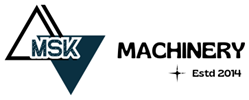
 Title: “The Evolution of Pharmaceutical Machinery: A Journey of Innovation and Efficiency”
Title: “The Evolution of Pharmaceutical Machinery: A Journey of Innovation and Efficiency”